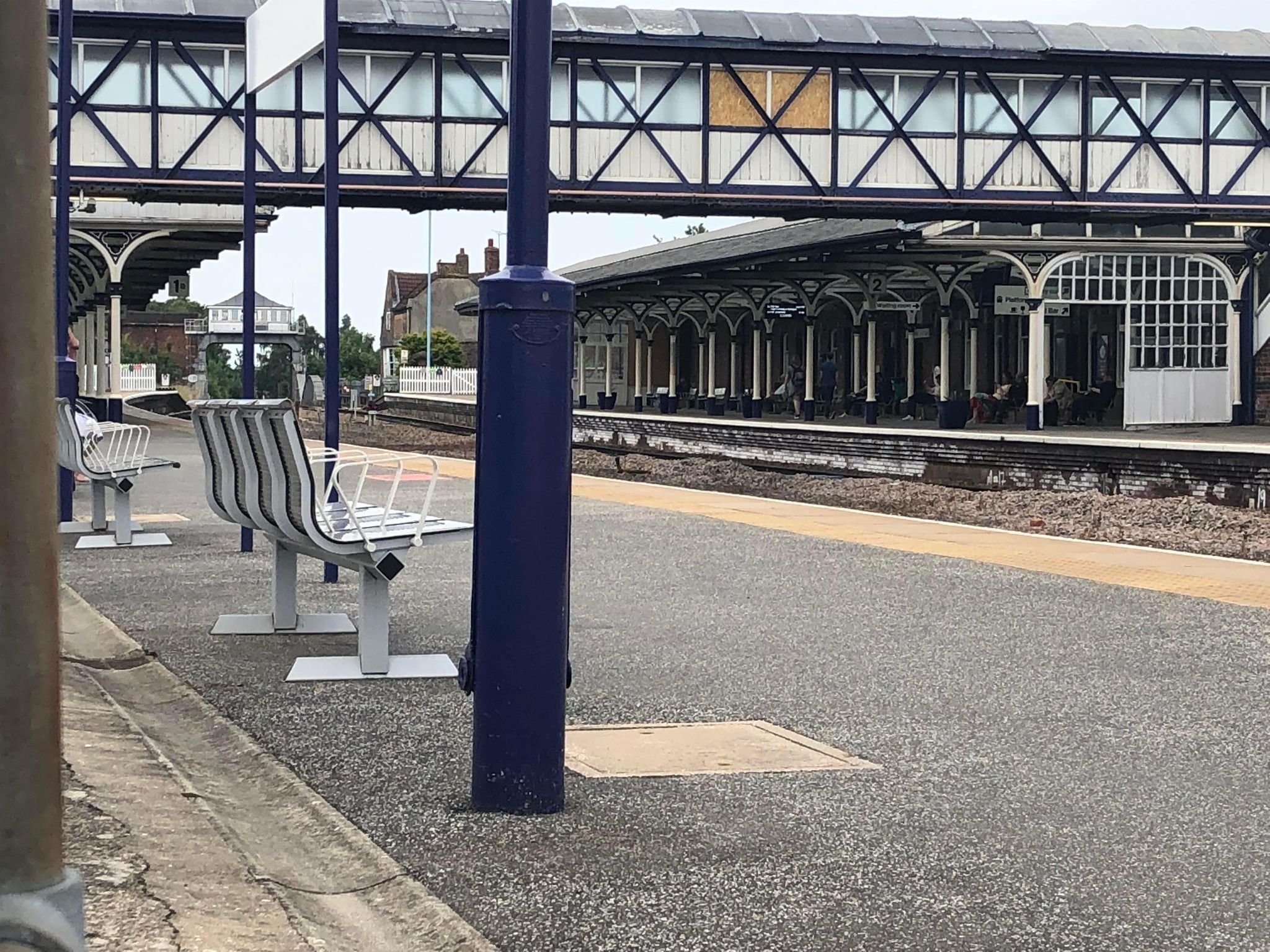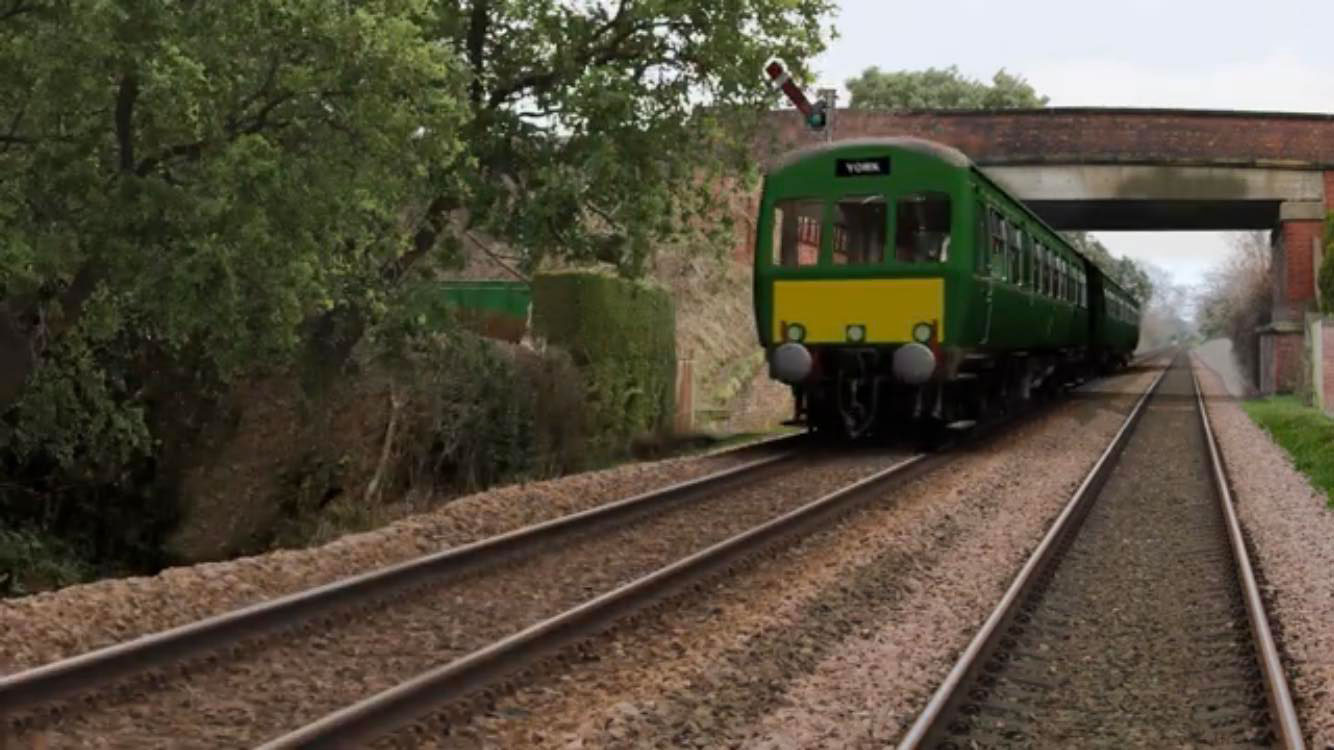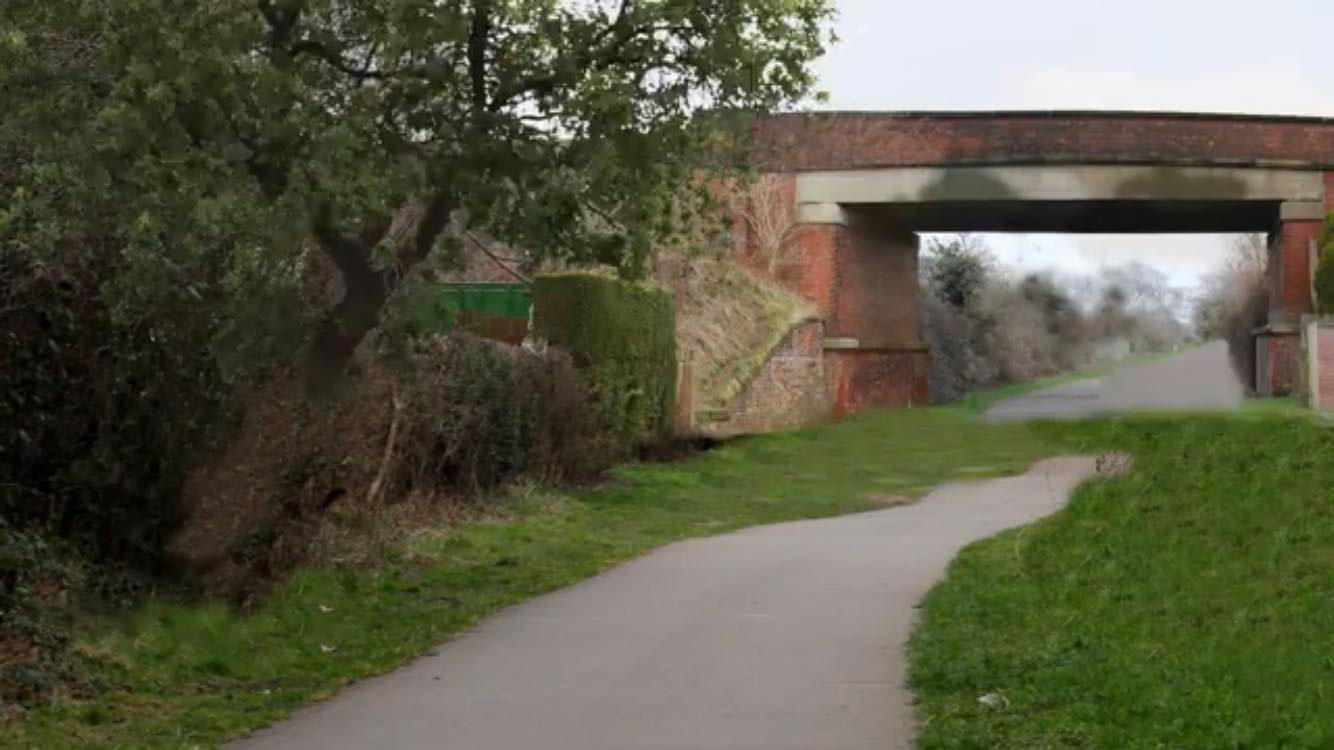When you take a train from York to London in 2023, the first 20 miles takes a different route to the one used over 40 years ago.
Back in the late 1970s, as the Selby Coalfield was planned, it became clear that there would be implications for the East Coast Main Line.
Digging beneath the route around Riccall and Barlby would have caused serious issues with subsidence and could have meant that speed restrictions would have to be imposed as the line would become unsafe for 100mph services.
That would have been a serious problem for British Rail which was trying to keep the London to Scotland route viable and compete with air and road.
The National Coal Board was faced with the prospect of either leaving thousands of tonnes of coal in place to prop up the railway which had opened in 1871. The loss to the coal board would be in the region of £500 – £800 Million pounds. A new line was expected to cost c£60 million.
So they agreed to pay for the UK’s first purpose built 125mph line which opened to local trains in May 1983 and InterCity 125 trains in the first week of October that year.
It had three main effects:
- Cutting the journey time between Doncaster and York
- Avoiding the slow speed restriction over Selby swing bridge
- Leaving Selby station on a branch line to Hull.
The railway historian and presenter of the TV show, The Architecture The Railways Built, Tim Dunn, says the National Coal Board paid for a brand new high speed direct rail route through the countryside, across the fields and rivers from just South of Copmanthorpe to just North of Great Heck.
The new route allowed the old one to close. That left the current line by the Tesco store at Askham Bar in York and went under London Bridge, heading south through Bishopthorpe, over Naburn Swing Bridge and down to Barlby, where it joined the Hull to Selby Line by the old BOCM site.
The current A19 is built over the old route and the rest of it is the Sustrans cycle path.
The route south of Selby to the junction with the new line at Temple Hirst is still used for trains running between Hull and London.
Tim Dunn says at the time, there was much concern that Selby station was being removed from the main line.
“Like when you have a road bypass around a town people might celebrate and go, hooray, we’ve got all the traffic out of our town.
“But then of course, the people sometimes stop coming as well.

“Selby became a quieter station, a bit of a shame in some ways. But sometimes that is how it goes.
“And the railway has transformed Britain in so many ways. Sometimes it builds towns, sometimes it changes the way they work. And this is an example of where perhaps people lost out a little bit.”
Of course because of the growth of Hull Trains, and the diversion of the London to Hull service away from Goole to Selby, the town now has a much better service to the capital than ever before.
In the old days, Flying Scotsman and Mallard, raced through the town without stopping!
Well maybe not raced, as the speed restriction over the Swing Bridge cut their progress down to a trundle.
The current LNER Managing Director, David Horne, says “When you think at the time, the railways across the country were in a bit of a state of decline the prospect of a brand new piece of line being built outside of London was really unusual.
“The Selby diversion was quite a moment really in the history of the mainline, creating the first new-build 125mph railway.
“And that really helped to reduce the journey times on the East Coast mainline from York to London and on to Edinburgh.”
So next time you are on the A19 at Osgodby or cycling over Naburn Bridge remember just over 40 years this was the main line to and from London and Scotland, the route of the Flying Scotsman!


